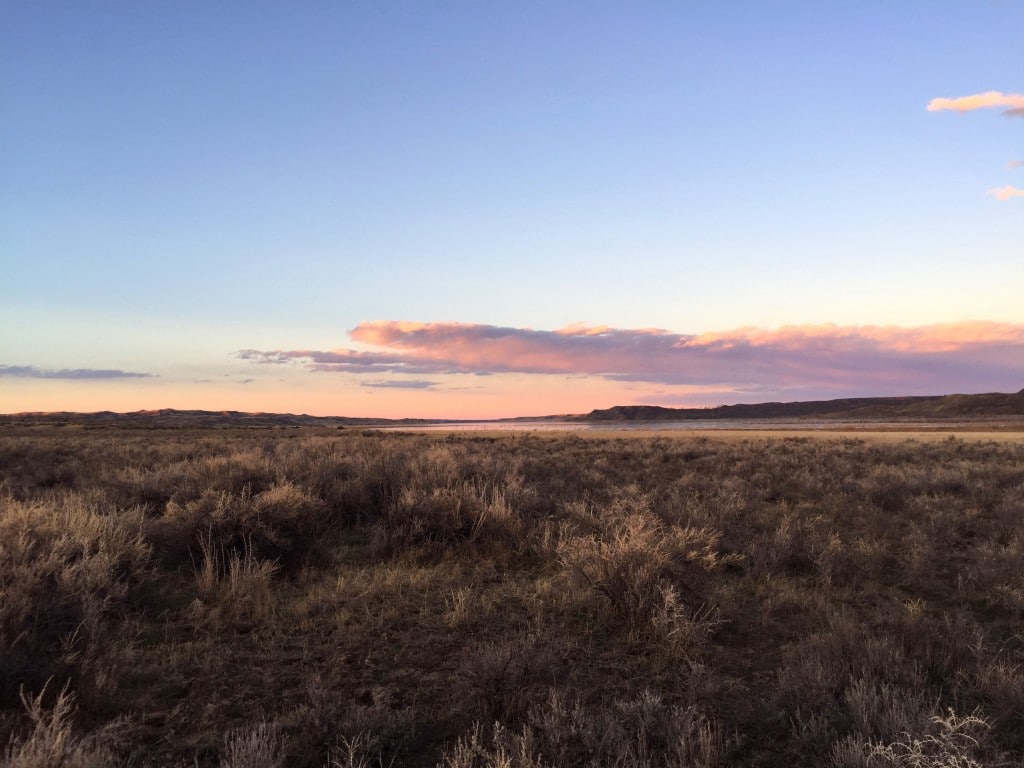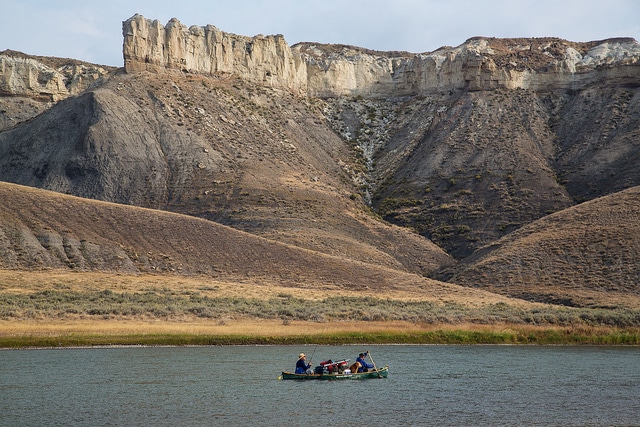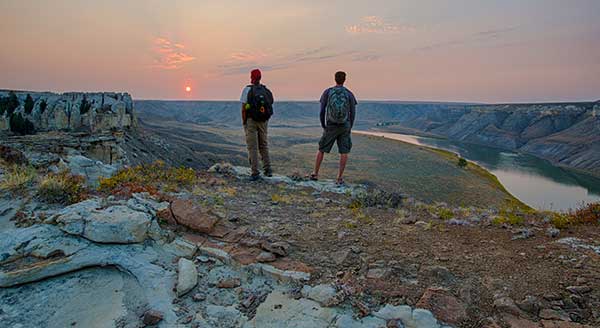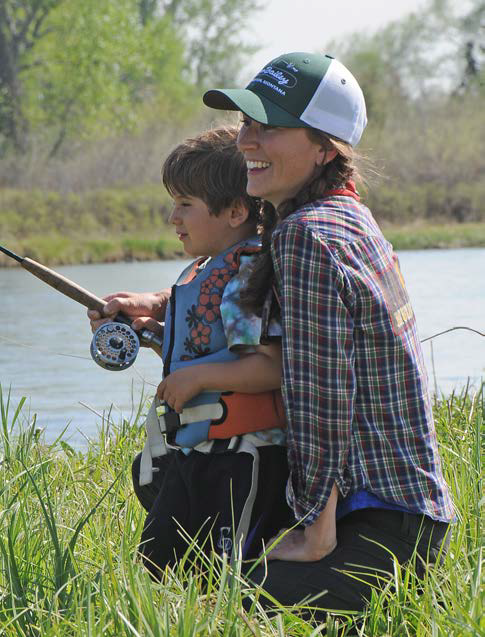
I’m a 4th and 5th generation Montanan. I’ve had the grand privilege of living and recreating in almost every landscape this great state offers, so I suppose I was quick to take it for granted. That’s just life in Montana—big, wild, and authentic. As of recent, I’ve come to grasp the value of this amazing place. I’m realizing how much Montana is truly entwined in my identity, how the landscape has shaped the lives of the generations before me. My whole life—without my knowing at the time—my parents and grandparents have been teaching me the responsibility of calling yourself “Montanan”.
My great-grandfather homesteaded the Missouri River Breaks before the construction of the Fort Peck Dam. And even after my family was forced to sell their farm, after the Fort Peck Reservoir inundated the Missouri River country, the Breaks remained an integral part in their way of life. The Breaks taught my grandfather patience and perseverance, lessons passed down to me. My dad learned how to hunt in the Breaks, established respect for the animals that made the Missouri River home, and came to understand the value the land could teach us. My childhood is defined by the Breaks. I learned about dinosaur fossils, the thrill of raw discovery, basic survival skills, and how to watch weather there. I even had my first lessons in geology out there—identifying Quartz, Bentonite, and Leavarite (the rock you “leave-a-right” there!) The Breaks have been a scenic arena where I learned endurance, life values, and stories lost to the ever moving current of the Mighty Missouri River.
Preserving existing protections on land in the Missouri Breaks isn’t just about trophy hunting and maintaining recreational activity opportunities. This land is our heritage, our story to be shared and passed down to generations after us.





 Photo Credit: Brett French
Photo Credit: Brett French